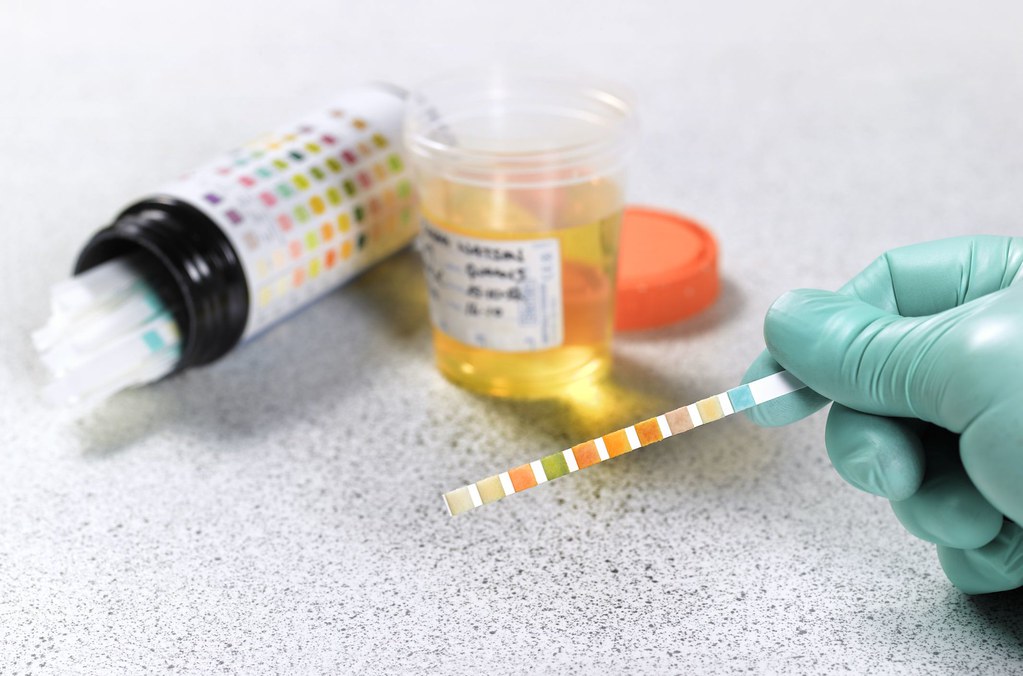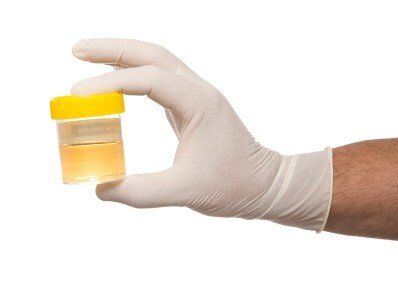A new study says there’s little evidence that people experience a hangover or effects the day after consuming weed. The findings call into question employer policies on testing workers for drugs, raising the question: If workers don’t experience lingering effects of THC, why should employers care what workers do the night before a shift?
Although some states have relaxed their policies, employers in a majority of states are allowed by law to test workers for drugs, including cannabis. Workers can get fired or turned down for a job for trace amounts of weed in their system, regardless of if someone has a medical marijuana card, or are using cannabis for health reasons.
Workplace drug testing has existed since 1986 when the Reagan administration began requiring THC testing for federal employees. Despite legalization across the country, cannabis is still stigmatized in many ways, and the new study calls into question drug testing policies.
Related
Can employers drug test workers for marijuana in my state?
What does the study say?
The new paper reviews 20 past studies and found that a “window of impairment” lasts between 3-10 hours after cannabis consumption. The duration was determined by dose, method of consumption, and frequency of use, with a higher dose, oral consumption (vs. inhalation), and occasional use leading to a longer duration of effects.
Researchers found that cognition and performance were not affected after this window, and didn’t find lingering effects the next day.
“Most studies didn’t detect ‘next day’ effects of cannabis use, and the few that did had significant limitations,” said Dr. Danielle McCartney, from the University of Sydney, in a press release. “Overall, it appears that there is limited scientific evidence to support the assertion that cannabis use impairs ‘next day’ performance.”
Across the 20 studies, 345 performance tests were administered, and only 12 tests, or 3.5% of the total, showed negative effects the day after cannabis consumption. Even so, testing protocols in those studies weren’t optimal and the studies were conducted more than 18 years ago.
Related
How to pass a drug test for weed–the ultimate guide
How does drug testing work?
When employers test workers, usually any sign of THC is enough to fail a test. For some tests, if you smoked only one joint a few months ago, it can still show up in your system and you could lose your job due to a drug test.
THC can stay in a person’s system for a long time, and there are multiple types of drug tests that can be performed on a person:
- Blood—can detect up to 2 weeks
- Saliva—can detect up to 30 days
- Urine—can detect up to 60 days
- Hair follicle—can detect up to 120 days
Every person’s body processes drugs differently, so there’s no one answer to how long a drug will stay in a body. Body size (or BMI), metabolism, overall health, and frequency of consumption all factor into how quickly a body will get rid of a substance.
Some employers test prospective employees as a condition for hiring, and some test employees at random, so workers will never know when a test is coming. Many say that urine tests in particular can be degrading, as the tester often has to watch during the process.
Related
THC detox: Myths, facts, and tips to get weed out of your system
Implications for drug testing at work
Two main aspects of performance researchers looked at were driving and “safety-sensitive task performance,” of particular concern to transit workers and defense personnel, among others. But these tasks were also not affected from cannabis consumption the previous day.
For the past few years, there has been a labor shortage of truck drivers, and the new study helps dispel concerns about cannabis use for those workers.
“People are being advised not to drive or perform other safety-sensitive tasks for 24 hours after cannabis use,” said McCartney. “However, we found little evidence to support this recommendation.”
The researchers also looked at next-day THC effects compared to alcohol hangovers, finding that a “THC ‘hangover’ is unlikely to be more impairing than an alcohol hangover, which is generally tolerated among drivers and individuals employed in safety-sensitive positions.”
Drug tests can be an invasion of privacy, and the procedure for taking a drug test is often thought to be degrading. Drug tests can also be in error. Many organizations, including the ACLU, say that the main safety concern should be whether a person can perform a task, not necessarily if they have a drug in their system. A lot’s at stake with drug tests, including a job, and a livelihood, and people who use cannabis for health reasons fear giving up the plant simply to get a job.
“Policy makers should bear in mind that the implementation of very conservative workplace regulations can have serious consequences, such as termination of employment with a positive drug test,” said the authors in the study. “They can also impact the quality of life of individuals who are required to abstain from medicinal cannabis used to treat conditions such as insomnia or chronic pain for fear of a positive workplace or roadside drug test.”




































